Arab-American filmmaker Yumna Al-Arashi embraces the rhythmic rituals that have run alongside Islamic tradition throughout the centuries in this surreal and poetic short film. Piecing together old and new, Al-Rashi's dream-like imagery breathes fresh air to a subject hardly seen in positive light.
Related Movies

Incident at Restigouche (1984)
Incident at Restigouche is a 1984 documentary film by Alanis Obomsawin, chronicling a series of two raids on the Listuguj Mi'gmaq First Nation (Restigouche) by the Sûreté du Québec in 1981, as part of the efforts of the Quebec government to impose new restrictions on Native salmon fishermen. Incident at Restigouche delves into the history behind the Quebec Provincial Police (QPP) raids on the Restigouche Reserve on June 11 and 20, 1981. The Quebec government had decided to restrict fishing, resulting in anger among the Micmac Indians as salmon was traditionally an important source of food and income. Using a combination of documents, news clips, photographs and interviews, this powerful film provides an in-depth investigation into the history-making raids that put justice on trial.

Abused by Mum: The Ruby Franke Scandal (2024)
Ruby Franke's rise as a "momfluencer" with millions of followers hid a nightmare; when her son fled and alerted a neighbor about the abuse, police raided her home, rescuing her children.
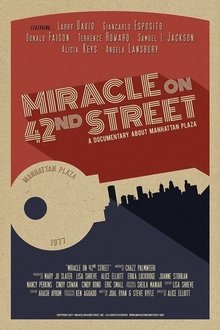
Miracle on 42nd Street (2017)
The story of Manhattan Plaza, the renowned experiment in subsidized housing catering to people in the arts. Numerous celebrities pay homage to the impact the building had on their lives and careers.
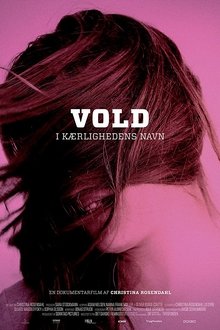
Violently in Love (2017)
Behind the closed doors of the Copenhagen-based women's shelter, the women and children are slowly recovering after having escaped domestic violence. Day by day the women are processing their traumas, building confidence and slowly understanding what it takes to break the cycle of violence.
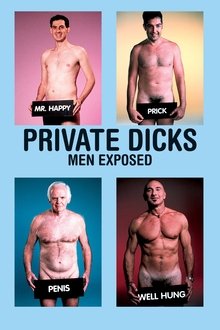
Private Dicks: Men Exposed (1999)
Men, most of them naked, talk about their penises. They range from 17 to 70+, all from the U.S. The interviews are edited around themes: discovery, early sexual experiences, masturbation, size, oral sex, libido, performance, disease and maladies, maturity. A lexicographer discusses language, especially slang; a few archival educational-film clips divide the topics. Images and stories mix with facts and philosophical reflection. The usually private becomes public.

Cool It (2010)
A documentary that takes an alternative approach to dealing with the global warming crisis.
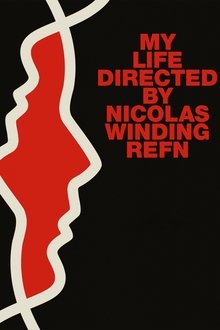
My Life Directed by Nicolas Winding Refn (2015)
A documentary directed by Winding Refn's wife, Liv Corfixen, and it follows the Danish-born filmmaker during the making of his 2013 film Only God Forgives.

Jung On Film (1991)
This compelling film represents a rare record of an original genius. In Jung on Film, the pioneering psychologist tells us about his collaboration with Sigmund Freud, about the insights he gained from listening to his patients' dreams, and about the fascinating turns his own life has taken. Dr. Richard I. Evans, a Presidential Medal of Freedom nominee, interviews Jung, giving us a unique understanding of Jung's many complex theories, while depicting Jung as a sensitive and highly personable human being.
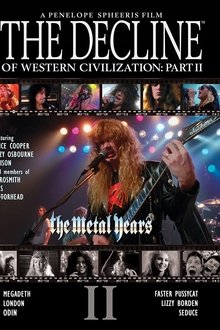
The Decline of Western Civilization Part II: The Metal Years (1988)
An exploration of the heavy metal scene in Los Angeles, with particular emphasis on glam metal. It features concert footage and interviews of legendary heavy metal and hard rock bands and artists such as Aerosmith, Alice Cooper, Kiss, Megadeth, Motörhead, Ozzy Osbourne and W.A.S.P..
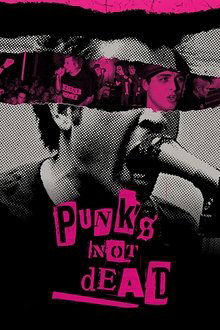
Punk's Not Dead (2007)
On the edge of the 30th anniversary of punk rock, Punk's Not Dead takes you into the sweaty underground clubs, backyard parties, recording studios, shopping malls and stadiums where punk rock music and culture continue to thrive.
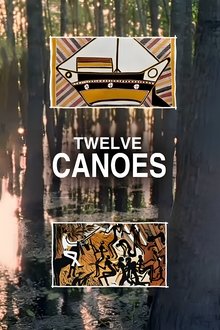
Twelve Canoes (2009)
"Twelve Canoes" is a series of short films that paint a compelling portrait of the people, history, culture and place of the Yolngu people whose homeland is the Arafura Swamp of north-central Arnhem Land in the Northern Territory.

Searching for Angela Shelton (2004)
In the uplifting and multiple award-winning documentary, Searching for Angela Shelton, filmmaker Angela Shelton drives around the United States surveying other Angela Sheltons. She discovers that 70% of the Angela Sheltons she speaks to are survivors of rape, childhood sexual abuse and/or domestic violence.
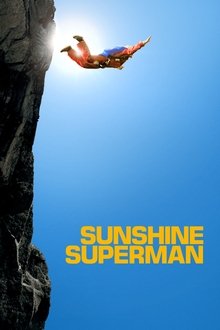
Sunshine Superman (2015)
Documentary portrait of Carl Boenish, the father of the BASE jumping movement, whose early passion for skydiving led him to ever more spectacular -and dangerous- feats of foot-launched human flight.

Tempestad (2017)
A woman is recruited to a prison controlled by organized crime while another woman searches for her missing daughter. Through images that submerges us in a journey from north to south Mexico, both testimonies collide and take us to the center of a storm: a country where violence has taken control of our lives, our desires and our dreams.
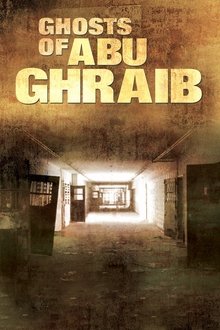
Ghosts of Abu Ghraib (2007)
An examination of the prisoner abuse scandal involving U.S. soldiers and detainees at Iraq's Abu Ghraib prison in the fall of 2003.

The Beauty Exchange (2004)
The documentary about women, their acceptance of their body and pressures from society and media.

Aileen: Life and Death of a Serial Killer (2003)
British documentarian Nick Broomfield creates a follow-up piece to his 1992 documentary of the serial killer Aileen Wuornos, a highway prostitute who was convicted of killing six men in Florida between 1989 and 1990. Interviewing an increasingly mentally unstable Wuornos, Broomfield captures the distorted mind of a murderer whom the state of Florida deems of sound mind -- and therefore fit to execute. Throughout the film, Broomfield includes footage of his testimony at Wuornos' trial.

The Last Truck: Closing of a GM Plant (2009)
The inside story of the last days of a General Motors plant in Moraine, Ohio, as lived by the people who worked the line.
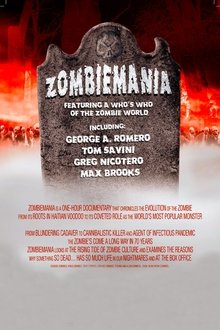
Zombiemania (2008)
The evolution of the zombie from its roots in Haitian voodoo to its coveted role as the world's most popular monster: from being a clumsy corpse to becoming a cannibal killer and the main agent of every infectious pandemic, the zombie has come a long way in seventy years. A look at the rising tide of zombie culture examining why something so dead has so much life in viewers' nightmares and at the box office.
